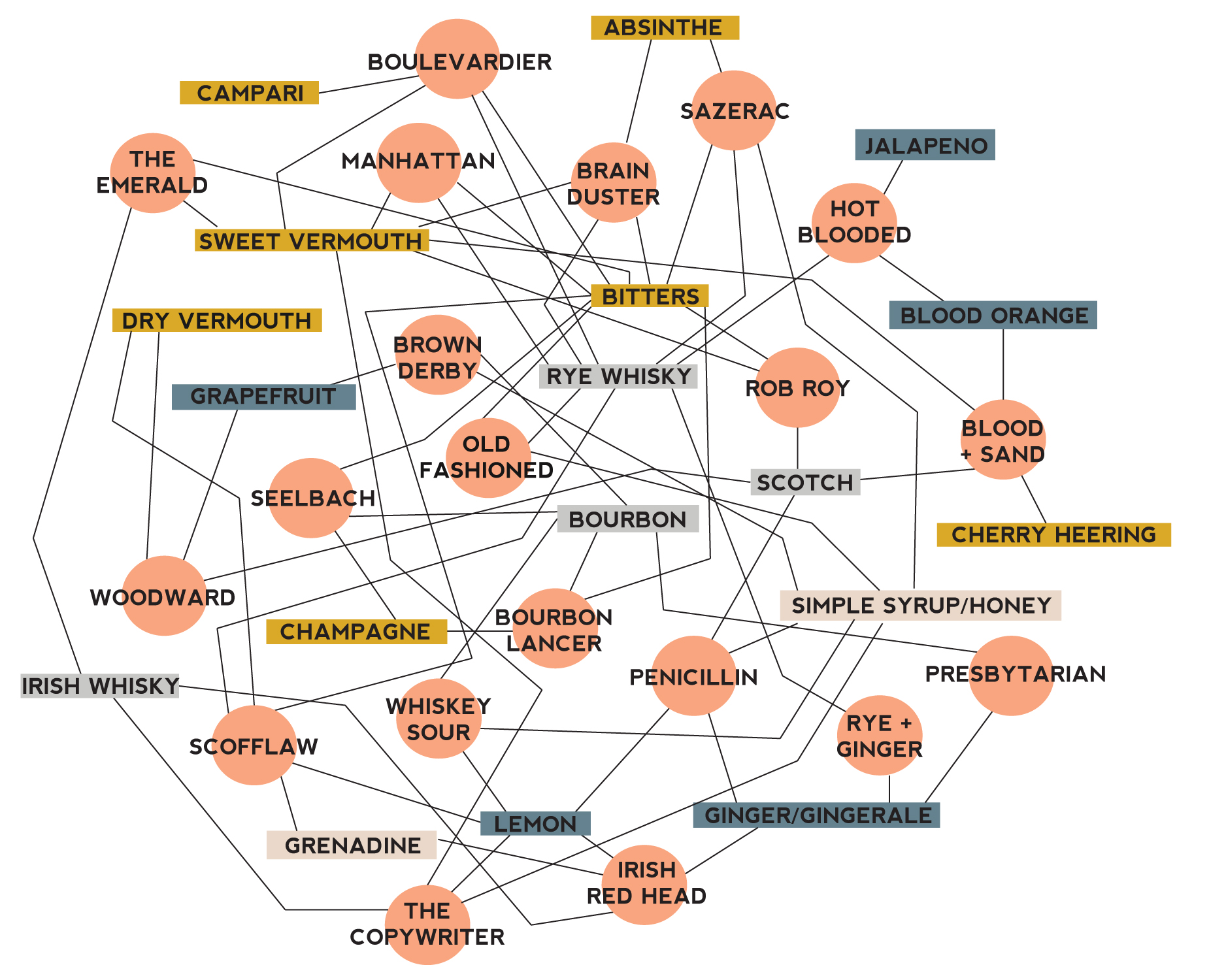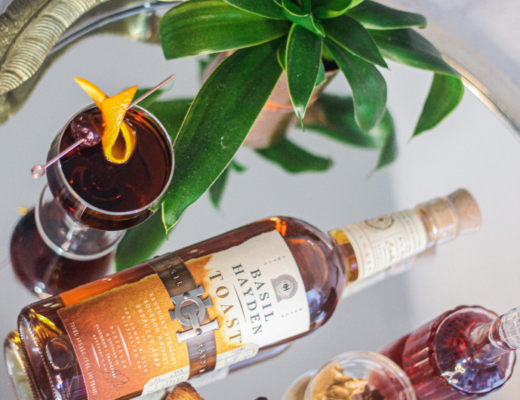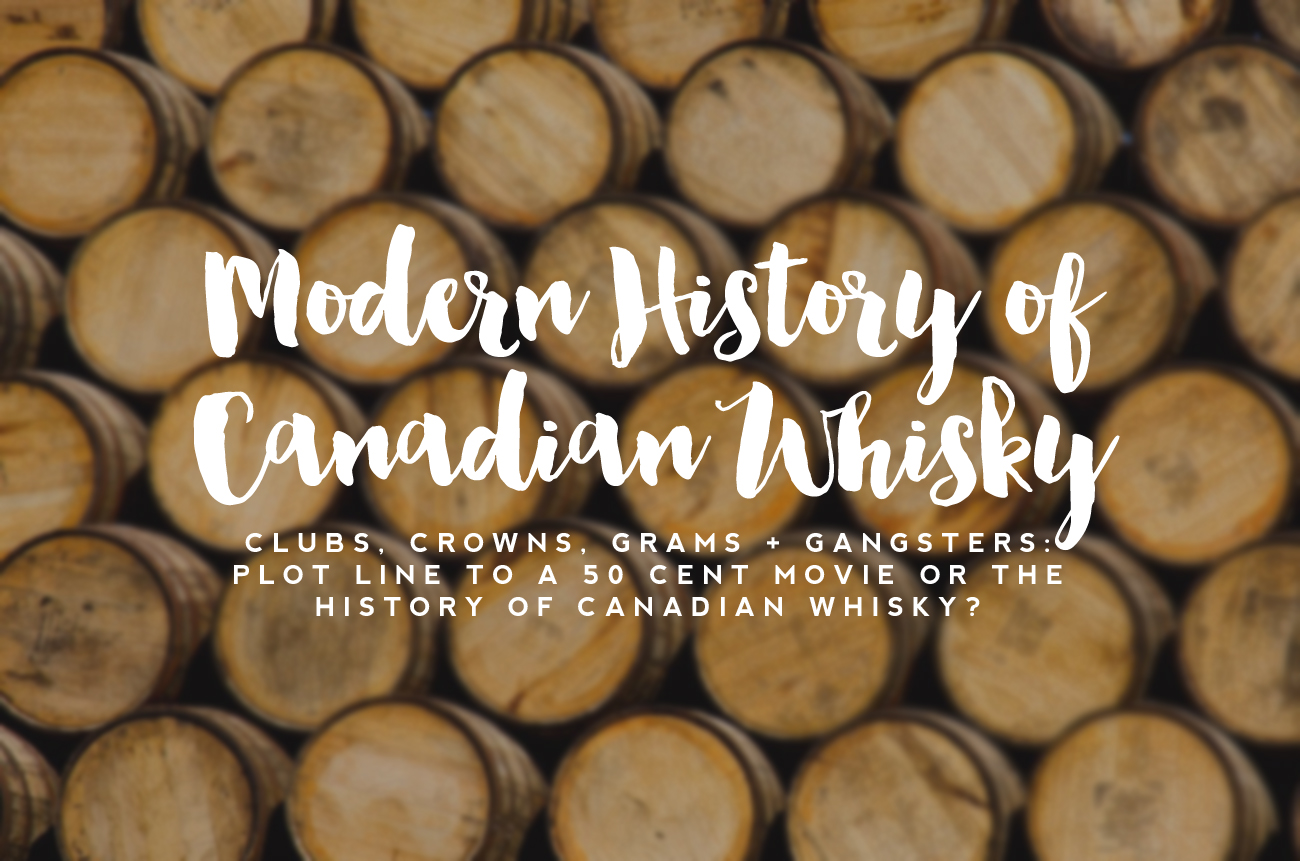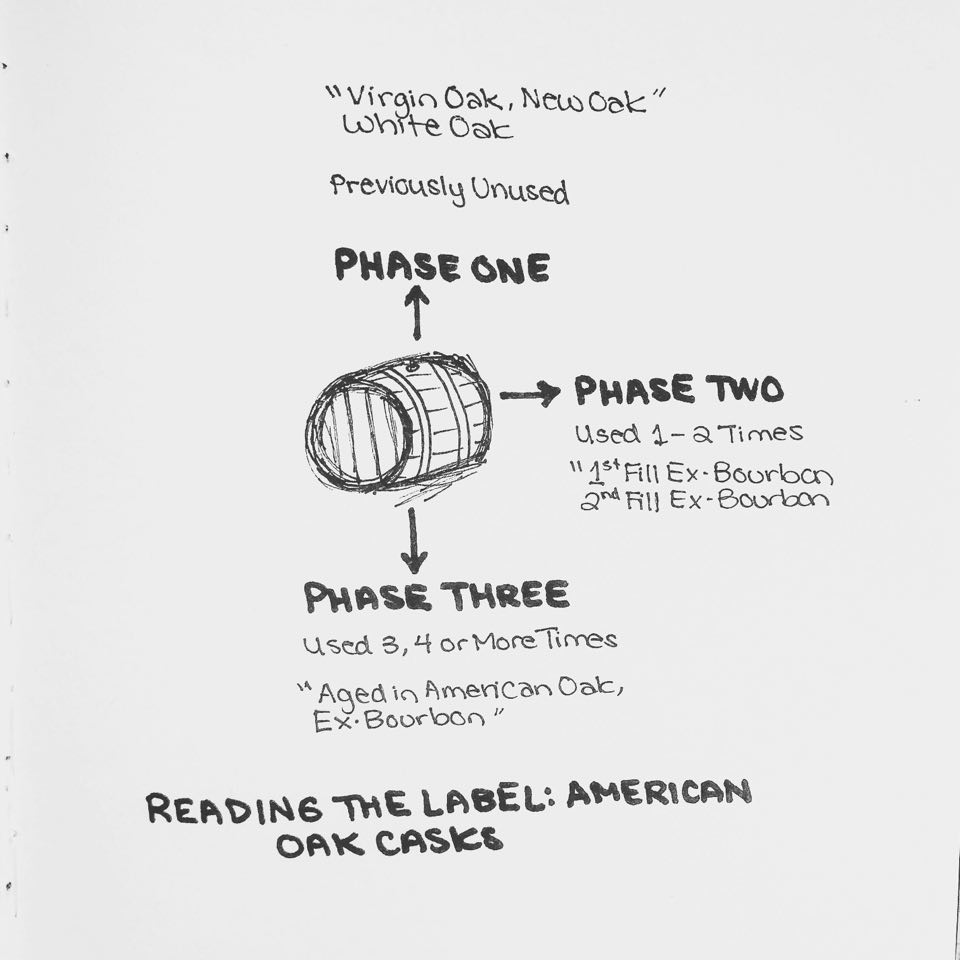
You’ve probably seen a Scotch label promoting their expression as:
- Double Barrel / Double Oaked / Double Wood / Double Cask
- Triple Barrel / Triple Oaked / Triple Wood / Triple Cask
Oftentimes these whiskies will use a combination of Ex-Bourbon and Ex-Sherry barrels (or Cognac, Beer, Rum, Port, Madeira etc.). But what about that third or fourth barrel that the Scotch is aged in?
Before we dive into that, let’s talk about the life cycle of a barrel. In general, barrels tend to be used 4–5 times maximum before they are deemed “neutral oak” meaning that they no longer impart flavour into the whisky.
What I’ve noticed is that the use of American Oak barrels is marketed to consumers based on many different terms that have been created for the different phases of the barrel’s use (i.e. the first time, second time, third time, fourth time etc.).
So is this correct or right to do? Or is this all marketing speak? Well, on the one hand, whether an American Oak barrel has never been used, or used four times, it’s still an American Oak barrel. So technically, having a whisk(e)y that is aged in brand new American Oak or a fourth fill American Oak barrel, are using the same type of barrel. On the other hand, previously unused barrels versus barrels that have been used will affect the overall flavour of the whisky differently.
To better understand this, let’s dive in to the phases of use with an American Oak barrel.
When we are looking American Oak, or White Oak or quercus alba, you will typically find that the barrels are charred. What this does is three main things:
- It Caramelizes the Sugars in the Wood
Wood is composed of many compounds and one of the main ones is called Hemicellulose. When the wood is charred, the hemicellulose which is rich in sugars breaks down and creates burnt sugar or caramelized aromas and flavours as well as notes like almonds, butter, and maple.
2. It Produces Volatile Phenols
Another compound found in the wood is called Lignins and when they are charred they undergo two phases, first creating vanillins which create that vanilla flavour, and second, creating the volatile phenols which create smoky, burnt wood, clove, and other spiced notes which are imparted in the whisky.
3. It Creates a Char Layer
The charring creates a charcoal filter (think of it like a Brita filter) where the whisky moves in and out of the pores and many of the impurities are filtered out.
With those three things in mind, think of a barrel like a tea bag. The first time you steep hot water with a tea bag, it is strong and flavourful. Then if you were to use it again and again, each time the tea would be weaker. This is similar with aging whisky in a barrel.
PHASE ONE: PREVIOUSLY UNUSED BARRELS
Also seen on the label as: Virgin Oak, New Oak & White Oak
How it’s described: “Rich notes of…” / “Adding richness”
All Bourbons and American Ryes are required by law, to be aged in Virgin Oak, so they won’t typically have that on the label. But in the case of Scotches, this Virgin Oak can impart a ton of colour and flavour that can give the initial impression that a whisky is older than it really is.
Virgin Oak is used to filter and refine the whisky, and then impart Vanilla, Toffee, Caramel and Peppery Notes to the whisky like we just discussed. It will often be advertised that it adding “richness” or “rich notes of…” as the intensity of flavour from the barrel is at its highest. In addition, this is when the ‘wood spices’ are impacting the whisk(e)y most — which also helps to dry the whisk(e)y out.
PHASE TWO: BARRELS USED ONCE OR TWICE
Also seen on the label as: First Fill Bourbon Casks / Second Fill Bourbon Casks
How it’s described: “Mellowed…” / “Mellowing notes of…”
As I just mentioned, Bourbon and American Ryes are required by law to be aged in brand new Virgin Oak. And once they have been used once, they cannot be used again for Bourbon or American Rye and are shipped to other countries to be used to age their whiskies. Sometimes you’ll find that a whisky distillery will advertise that their whisky has been aged in First Fill or Second Fill Bourbon Barrels.
First Fill means that this is the first time the barrel is being used AFTER Bourbon has been in it. So technically, it’s the second time the barrel has been filled, but the first time with non-Bourbon. So, let me re-iterate, it is the ‘first fill’ after Bourbon. “Second fill” means that it has been filled once with Bourbon, once with another type of whisky and this is the second fill of non-bourbon whisky or the third time overall that the cask has been used.
What does this indicate? Well in addition to those vanilla, toffee and caramel notes, Bourbon will contribute additional sweet notes. Some distilleries will describe this process as “mellowing” the whisky. Essentially the whisky is still being filtered through the char-layer, removing many of the harsh notes found in the distillate to “mellow” out the whisky. And all of those caramel, vanilla, toffee, spice notes are still being imparted, just not as intensely as a brand new barrel.
PHASE THREE: WHEN THE BARREL HAS BEEN USED THREE, FOUR OR MORE TIMES
Also seen on the label as: Refill Casks, Ex-Bourbon Barrels, American Oak Barrels
How it’s described: “Subtle notes of…” / “Adding Smoothness”
After a barrel has been used for bourbon, then two times with other whiskies, the barrel will be referred to as aged in American Oak, Refill Bourbon Barrels or Ex-Bourbon Barrels.
These barrels provide much less flavour, but do help to “make the whisky smooth”. Calling whisky “smooth” is not a term that I love, but in marketing speak, in reference to barrel aging, it often means that is has just had time to hang out in those barrels and allow the chemical reactions to happen as well as evaporation and filtering of some of the less desirable, harsh smelling chemicals, and the more desirable flavours to emerge.
Oftentimes when these types of barrels are used you will see things like “subtle notes of” and then whatever flavour they want to add to the end of that sentence (it will often be something like vanilla, toffee, or caramel) and it is subtle because like that tea bag we talked about, the barrel has already been used three or more times, and the flavours from the wood have dissipated greatly.
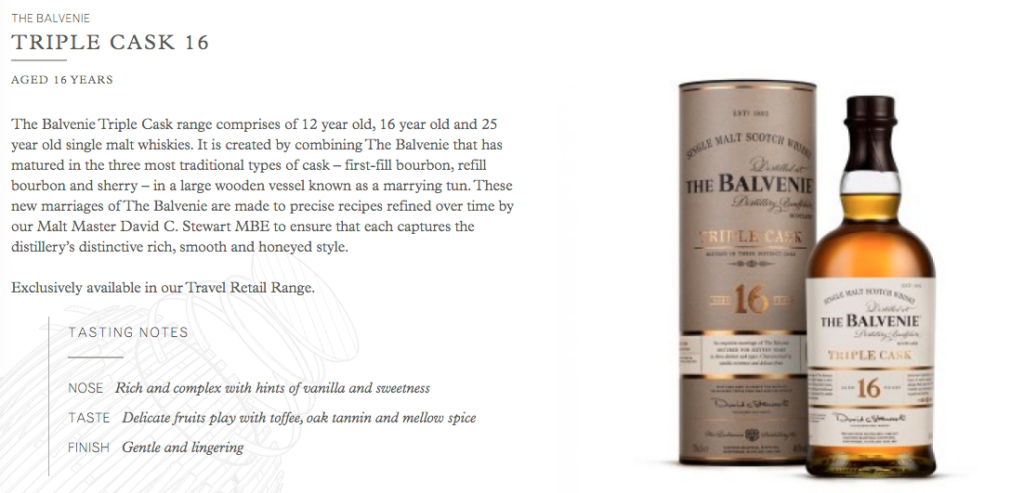
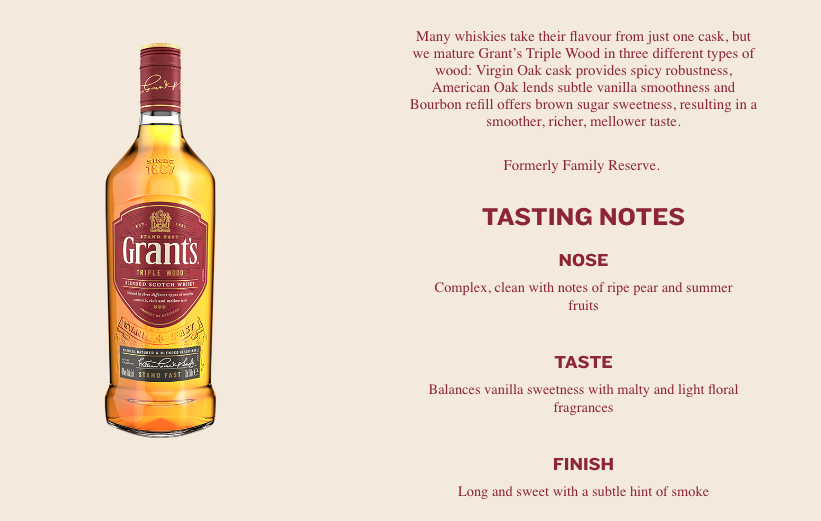
So what does all this mean? Well, really it’s up to you. I think that understanding the marketing speak though, will at least help you to make more conscious purchasing decisions when you’re checking out labels.
Now I would love to know in the comments below, which Double Wood, Triple Wood, or Three Wood Scotch you’re currently drinking?

